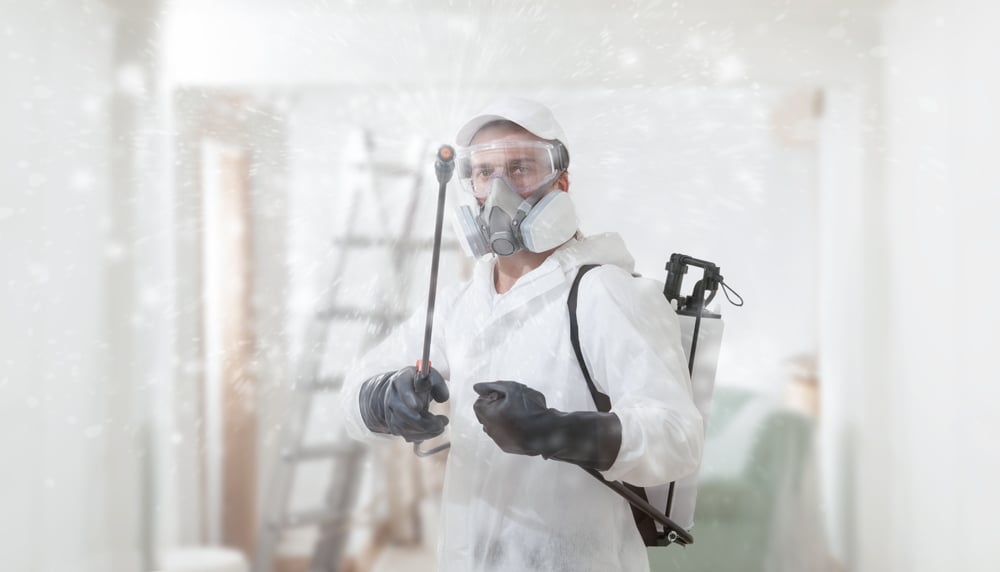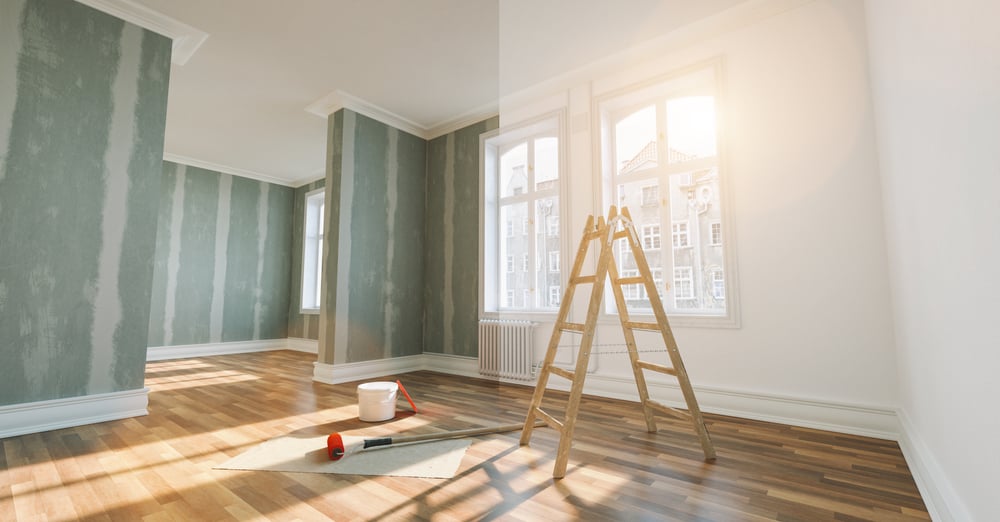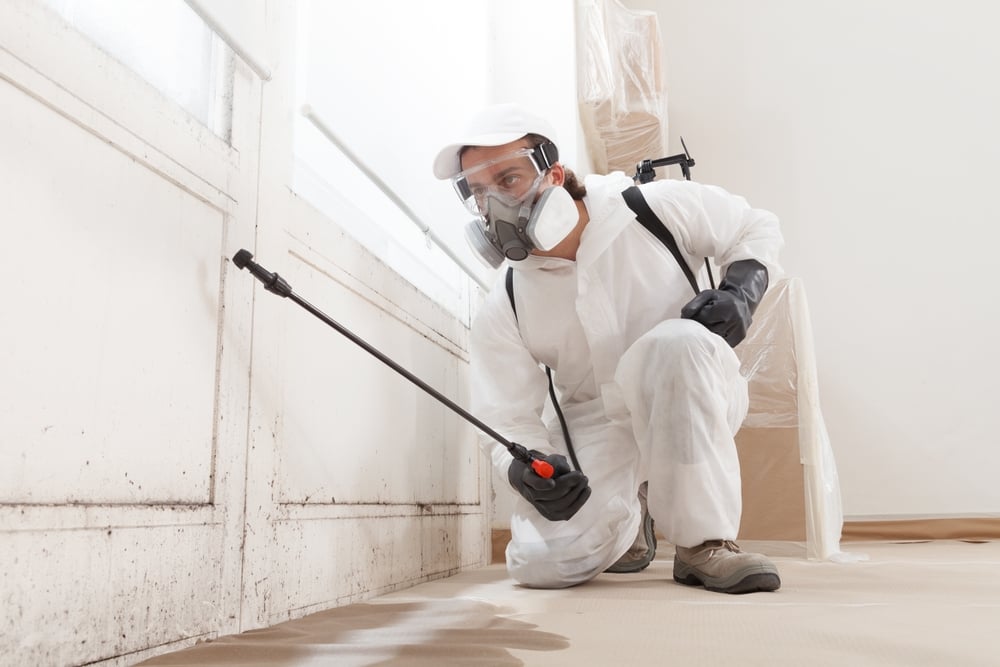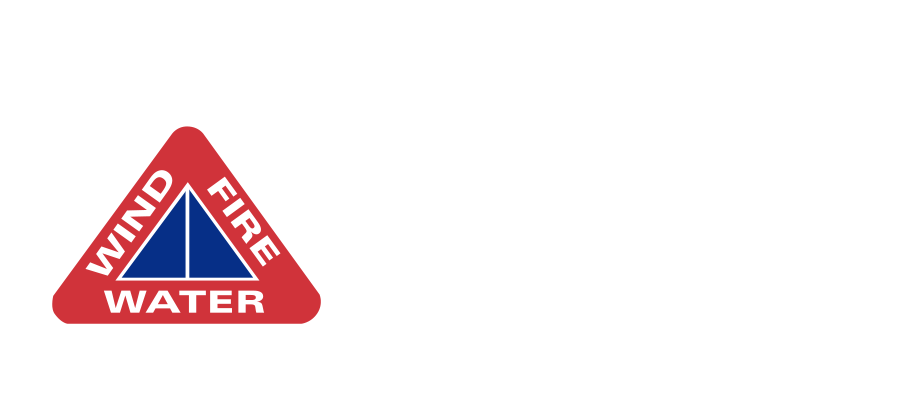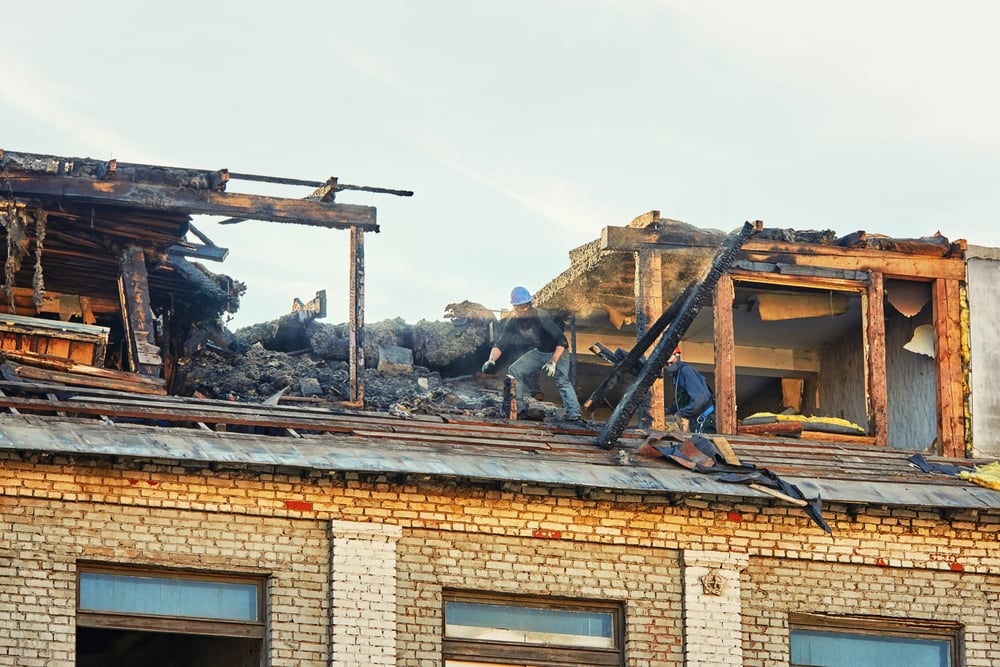
Introduction
Smoke and fire damage can have devastating effects on homes and businesses, often leading to significant financial loss and emotional turmoil. Understanding the complexities of this type of damage is crucial for effective restoration and recovery. This article aims to provide a comprehensive overview of smoke and fire damage, exploring the hidden dangers and the detailed restoration process that follows an incident.
Smoke and fire damage can leave behind soot, odor, and structural issues that require immediate attention. Restoration specialists often start by assessing the extent of the damage to develop a restoration plan tailored to each situation. Soot residue can be particularly challenging to remove, as it can penetrate deep into porous materials. In addition to visible damage, smoke particles can also pose health risks if not properly addressed. Effective communication between property owners and restoration professionals is essential for a successful restoration outcome.
The Importance of Addressing Smoke and Fire Damage
Addressing smoke and fire damage promptly is essential not only for restoring properties but also for ensuring the safety and health of occupants. Smoke residue can pose serious health risks, contributing to respiratory issues and other long-term health effects. The restoration process is vital in mitigating these risks and returning the property to a livable state.
Restoration specialists utilize specialized techniques to remove smoke residue thoroughly from affected areas. Timely intervention can prevent further deterioration of the property’s structural integrity. Professional restoration services not only restore the property but also provide valuable guidance on preventive measures. Property owners should prioritize prompt action to minimize long-term health implications and ensure a safe living environment. Compliance with industry standards and regulations is crucial to guarantee effective restoration outcomes.
Overview of the Restoration Process
The restoration process involves a series of steps aimed at cleaning and repairing the damage caused by fire and smoke. From initial assessments to thorough cleaning and repairs, understanding each aspect of this process can help property owners make informed decisions in the aftermath of a disaster. In the following sections, we will delve deeper into the types of damage caused by smoke and fire and the methodologies used in restoration.
Understanding the intricacies of smoke and fire damage restoration is crucial for property owners seeking to restore their premises to pre-loss conditions. An essential step in the process is the thorough assessment of the extent of damage to determine the appropriate restoration methods. Professional restoration companies utilize specialized equipment and techniques to clean and deodorize the affected areas effectively. Additionally, addressing water damage resulting from firefighting efforts is integral to preventing mold growth and further structural issues. By following industry best practices and guidelines, property owners can expedite the restoration process and minimize long-term consequences.
Understanding Smoke and Fire Damage
Types of Smoke Damage
Smoke damage can be categorized into different types based on the source of the fire. There are primarily two types of smoke: dry smoke and wet smoke. Dry smoke, resulting from high-temperature fires, leaves a fine, powdery residue that is easier to clean. In contrast, wet smoke, produced by lower-temperature fires, creates sticky, smeared residues that can be more challenging to remove.
Additionally, smoke damage can result from different combustion materials. For instance, burning plastics and synthetics can emit hazardous chemicals that adhere to surfaces and create lasting health risks. Recognizing these distinctions helps in determining the appropriate cleaning methods and materials needed for effective restoration.
The Hidden Dangers of Smoke Residue
Beyond visible damage, smoke residue harbors hidden dangers. These residues can permeate various materials, including upholstery, carpets, and walls, leading to persistent odors and potential health risks from inhaling toxic particles. Smoke can also corrode metals and degrade other materials, further complicating the restoration process.
Moreover, the chemical composition of smoke can vary significantly based on the burning materials, making it crucial for restoration professionals to analyze the substances involved. This analysis allows for tailored cleaning solutions that adequately address the unique challenges posed by each incident.
Impact of Heat and Flames
The impact of flames during a fire can cause significant structural damage to a building. High temperatures can warp and crack building materials, including wood, metal, and glass. This thermal damage can compromise the integrity of the structure, necessitating extensive repairs or even reconstruction.
Beyond physical damage, the heat from a fire can also affect the air quality within a building. It can lead to the release of harmful gases and toxins, further endangering occupants. Understanding both the visible and invisible effects of fire is essential for effective restoration and ensuring a safe environment post-incident.
Case Study: A Real-Life Incident
Background of the Incident
To illustrate the complexities of smoke and fire damage, we will explore a hypothetical case study involving a residential fire caused by an electrical fault. The fire spread quickly through the living room, which was furnished with flammable materials, resulting in significant smoke and fire damage throughout the house.
In this case, the residents were fortunate to escape unharmed, but the aftermath left them facing a daunting challenge: restoring their home to its pre-fire condition. This case highlights the importance of a thorough assessment and professional intervention in the restoration process.
Initial Assessment of Damage
Upon arrival, restoration professionals conducted an initial assessment of the damage. This involved inspecting all affected areas, including walls, ceilings, and furniture. They also identified the type of smoke residue present, determining the best approach for cleaning and restoration.
The assessment revealed that the smoke had permeated various materials, leaving behind persistent odors and discoloration. Additionally, the heat had caused structural damage in certain areas, necessitating repairs. This comprehensive understanding of the damage guided the restoration plan moving forward.
Evaluating Smoke and Fire Damage
In evaluating the smoke and fire damage, restoration experts utilized specialized equipment to measure air quality and identify any lingering hazards. This included monitoring for hazardous gases and ensuring that the environment was safe for both the occupants and restoration workers.
Furthermore, thorough documentation of the damage was crucial for insurance claims. This documentation provided a clear record of the incident, ensuring that the property owners received adequate support for the restoration efforts.
The Restoration Process
Step 1: Emergency Contact and Assessment
The first step in the restoration process involves contacting a professional restoration service immediately after a fire incident. Quick action is essential to mitigate damage, as smoke and water from firefighting efforts can worsen the situation if left unattended.
Restoration professionals will conduct a thorough assessment of the property, evaluating both visible and hidden damages. This step is crucial for developing a comprehensive restoration plan tailored to the specific circumstances of the incident.
Step 2: Securing the Property
Once the assessment is complete, the next step involves securing the property. This may include boarding up windows and doors, removing valuables, and ensuring that the site is safe for workers and occupants. Securing the property is essential to prevent further damage from external elements or vandalism.
Insurance companies often require that properties are secured as part of the claims process, and having a professional team handle this step can prevent complications down the line.
Step 3: Smoke and Fire Damage Cleanup
The cleanup phase is where the real restoration work begins. This includes removing debris, cleaning surfaces, and addressing smoke damage. Professionals use specialized cleaning techniques to remove smoke residues from walls, ceilings, and other surfaces without causing additional damage.
In this phase, affected materials may need to be removed and replaced, including carpet, drywall, and other furnishings. Each material requires a tailored approach to effectively restore or replace it, ensuring that the property is safe and livable once more.
Step 4: Restoration and Repairs
Finally, the restoration and repair process begins. This step involves rebuilding or repairing damaged structures, repainting walls, and ensuring that all systems within the building—such as electrical, plumbing, and HVAC—are functioning correctly.
Restoration professionals work closely with property owners to ensure that the final results meet their expectations and restore the property to its pre-fire condition. This collaborative approach is essential for a successful restoration outcome.
How Apex Restoration DKI Can Help
Expertise in Smoke and Fire Damage Restoration
Apex Restoration DKI specializes in smoke and fire damage restoration, offering years of experience and expertise in handling complex restoration projects. Our trained professionals understand the intricacies of smoke and fire damage, ensuring a thorough and effective restoration process.
We prioritize safety and quality in every step of the restoration, providing property owners with peace of mind during a challenging time. Our goal is to minimize damage and expedite recovery to help clients return to their homes and businesses as soon as possible.
State-of-the-Art Equipment and Techniques
Utilizing state-of-the-art equipment and advanced techniques, Apex Restoration DKI can effectively address various types of smoke and fire damage. Our approach includes comprehensive cleaning solutions tailored to the specific needs of each situation, ensuring that all residues and contaminants are thoroughly removed.
We also use high-tech air quality monitoring systems to ensure that the environment is safe for reoccupation, allowing clients to return to their properties with confidence.
Comprehensive Support Throughout the Process
From the initial assessment to the final touches, Apex Restoration DKI provides comprehensive support throughout the restoration process. We understand the emotional and financial burdens that come with fire damage, and we are committed to guiding clients every step of the way.
Our team works closely with insurance companies to ensure a smooth claims process, alleviating some of the stress associated with recovery. We strive to provide timely updates and transparent communication, making the entire experience as seamless as possible.
Preventative Measures and Safety Tips
Preventing Future Fire Hazards
While restoration is essential after a fire incident, prevention is key in safeguarding homes and businesses. Implementing fire safety measures such as installing smoke detectors, maintaining electrical systems, and ensuring proper storage of flammable materials can significantly reduce the risk of a fire.
Regular fire drills and educating family members or employees about fire safety protocols are also vital. Being prepared can save lives and reduce the likelihood of needing restoration services in the future.
Regular Maintenance and Inspections
Regular maintenance and inspections of your property are critical in preventing fire hazards. Homeowners should schedule routine checks of electrical systems, heating equipment, and appliances to ensure they are in good condition and up to code.
Additionally, having a professional inspect your property can help identify potential fire risks before they become serious issues. By being proactive, property owners can protect their investments and ensure the safety of their occupants.
Regular inspections and maintenance play a crucial role in preventing fire hazards and ensuring the safety of occupants. Property owners should conduct routine checks on electrical systems, heating equipment, and appliances to ensure they are in optimal condition. Engaging a professional to inspect the property can help identify potential fire risks before they escalate. Proactivity in property maintenance not only safeguards investments but also enhances the overall safety of the property and its occupants.
Conclusion
In conclusion, understanding the dangers of smoke and fire damage is essential for effective restoration and prevention. The impacts of fire go beyond visible destruction, often leading to hidden hazards that can affect health and safety. The restoration process, while thorough and sometimes complex, is vital in returning properties to a livable state.
By partnering with experienced professionals like Apex Restoration DKI, property owners can navigate the challenges of restoration with confidence. Our commitment to quality and comprehensive support ensures that clients receive the assistance they need during difficult times.
Moreover, regular maintenance and adherence to safety protocols can significantly mitigate fire risks in both residential and commercial properties. Property owners should invest in fire safety equipment and ensure its proper functioning to enhance protection levels. Collaborating with restoration experts can streamline the recovery process and minimize downtime after fire incidents. Property owners are encouraged to develop and practice evacuation plans to safeguard occupants in case of emergencies.

